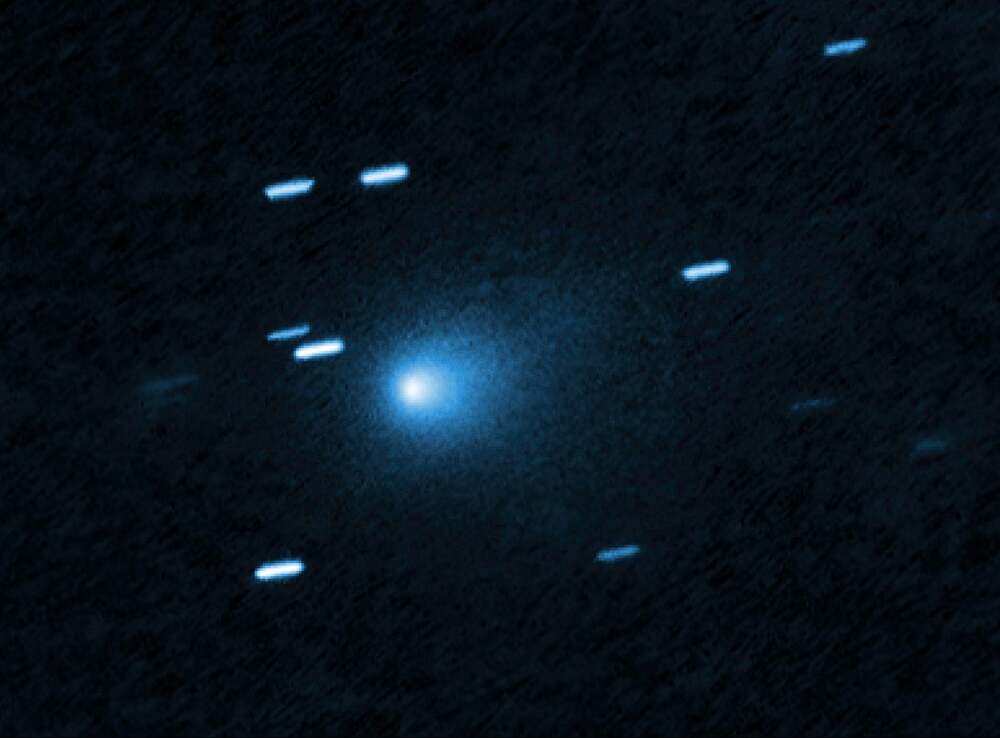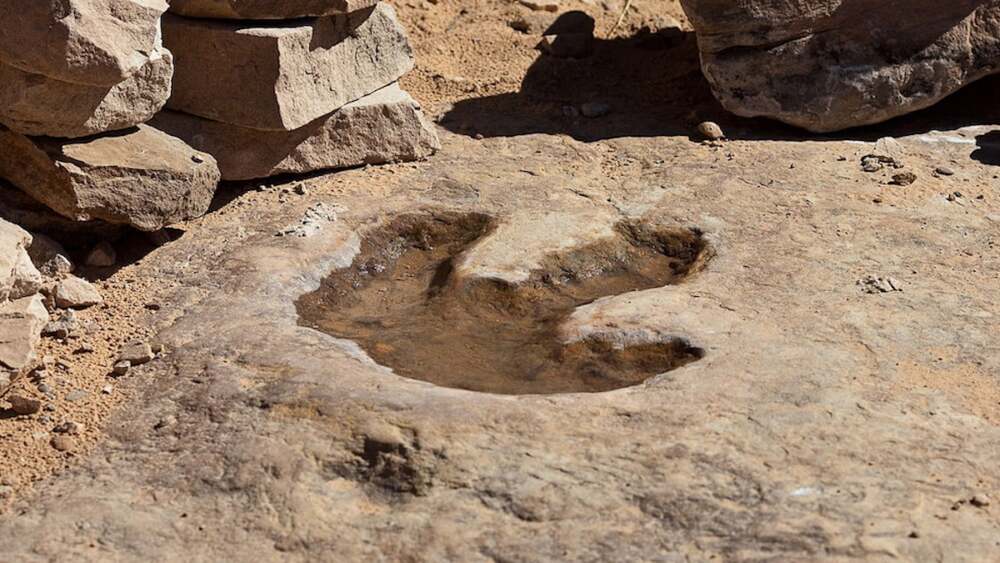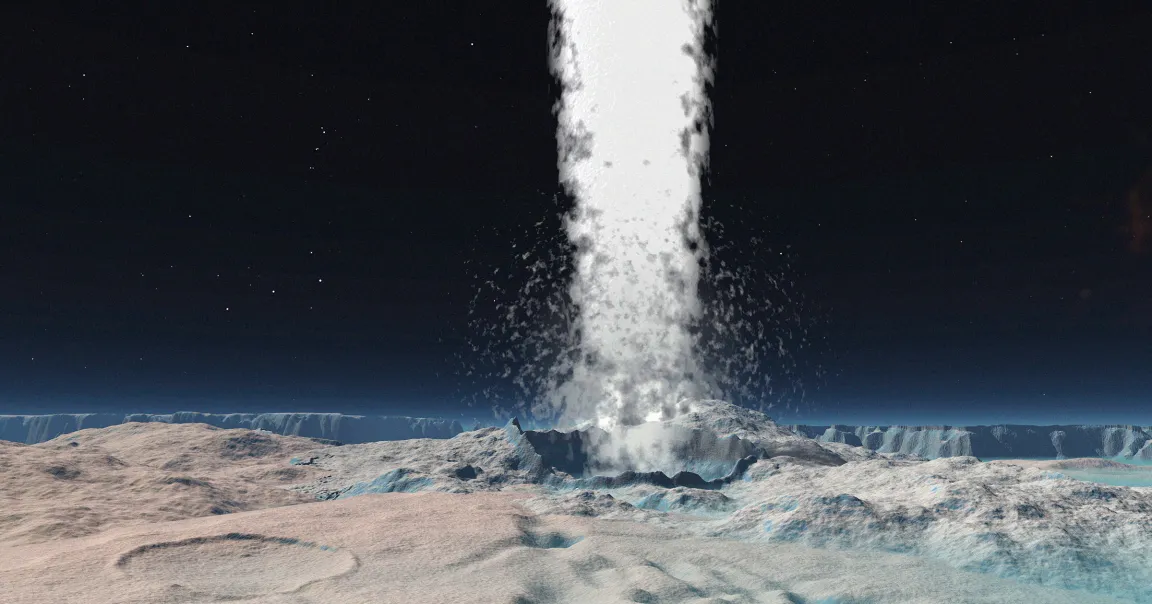Astronomers observing the interstellar visitor 3I/ATLAS have detected an extraordinary feature: a bright glow extending toward the Sun that is far longer than it is wide. Unlike a typical comet tail, which streams away from the Sun, this sunward extension challenges conventional understanding of how such objects behave.
A Surprising Observation
Images captured this summer revealed that the glow stretching toward the Sun is about ten times longer in that direction than it is across. The geometry of the observation makes the effect even more striking — Earth’s view lined up almost directly with the Sun-facing side of the object, meaning the extension is even more pronounced than initially expected.
Possible Explanations
Scientists believe the glow could be caused by icy fragments being ejected from the side of 3I/ATLAS that faces the Sun. As these chunks heat up, they release gas and dust, forming a distinctive plume. Unlike the fine dust particles that normally create tails blown away by solar radiation, these larger fragments survive long enough to create a bright, extended feature pointing toward the Sun.
Why It Matters
This behavior is unusual, even among comets within our own solar system. The fact that an interstellar object is displaying such activity makes the discovery even more significant. It could provide valuable insights into the composition of 3I/ATLAS, its evolutionary history, and the environment it originated from beyond our solar system.
What Comes Next
Astronomers will continue to track 3I/ATLAS as it moves through the inner solar system, watching for changes in its unusual glow. The observations may help answer whether this striking feature is a rare phenomenon or a hint at processes more common in interstellar objects than previously realized.
















Leave a Reply